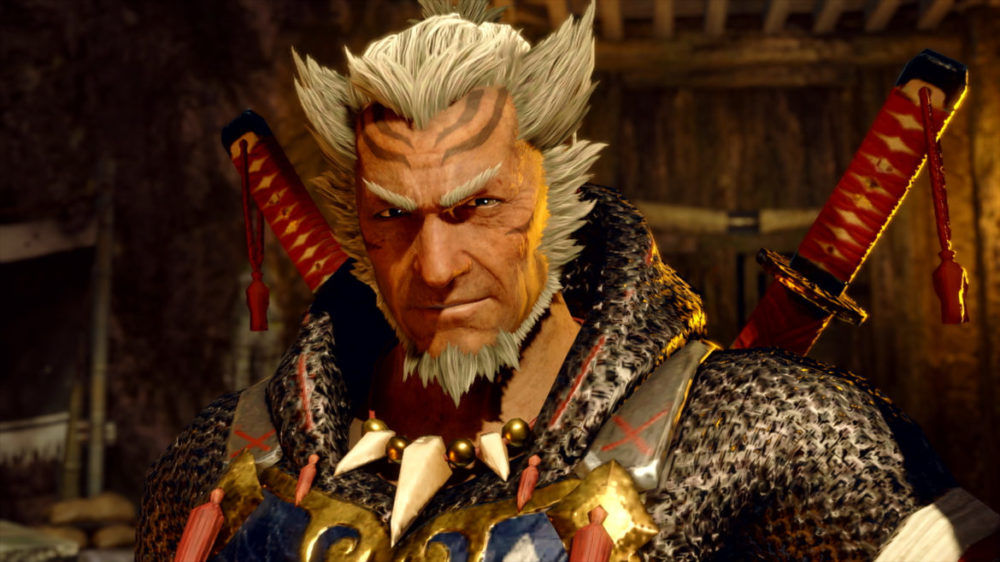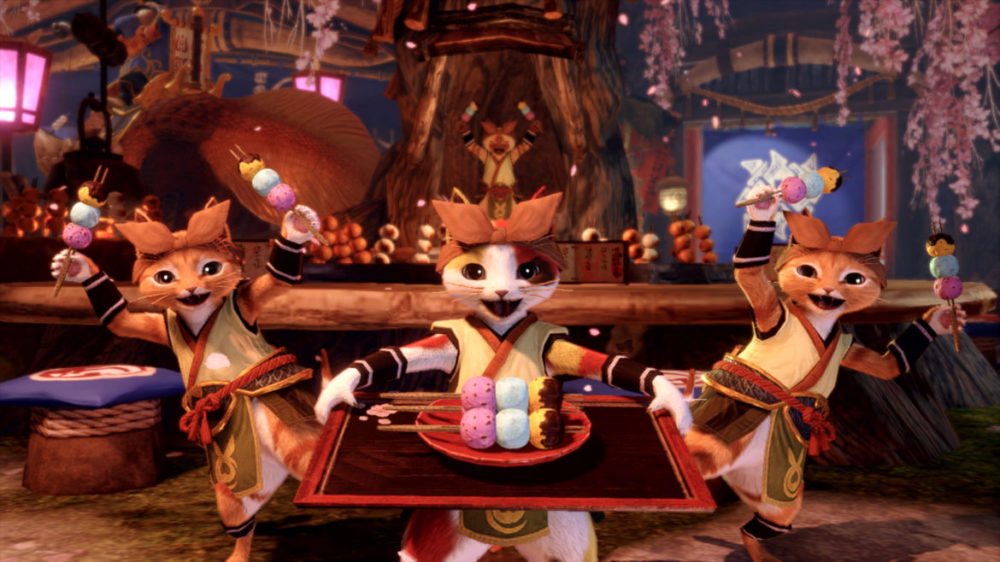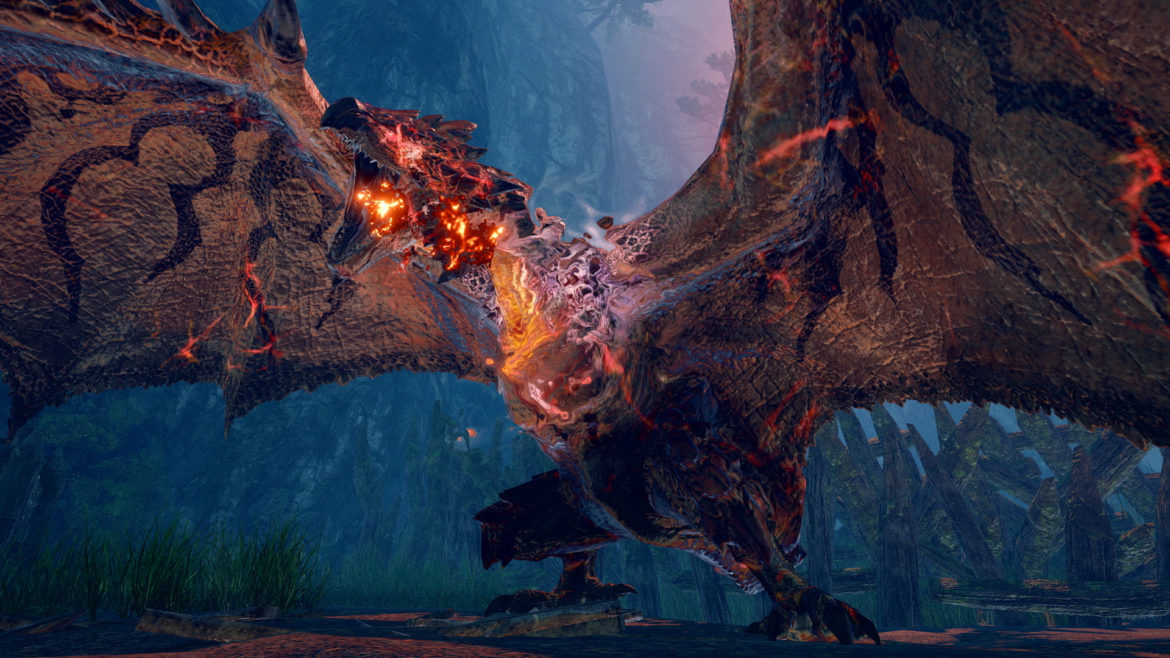TL;DR
Monster Hunter Rise brings the beloved franchise to the Nintendo Switch with a fresh, Japan-inspired setting and familiar core gameplay. Team up with feline and canine companions, craft epic gear, and hunt down diverse monsters. While the game boasts deep customization and plenty of activities, the Switch hardware means graphical compromises like lower resolutions and reduced effects. Despite these visual trade-offs, short loading times and engaging gameplay shine through. If you're a Switch owner looking for your next massive adventure, Rise is a solid choice, though PC players might want to hold out for a potentially more polished experience. Ready to dive into Kamura Village? Read the full review to see if it's your next hunt.
The Monster Hunter series continues to expand, and we previously reviewed Monster Hunter World. More recently, we reviewed the film adaptation Monster Hunter, starring Milla Jovovich. This review focuses on Monster Hunter Rise, the latest installment in Capcom’s franchise, currently available on the Nintendo Switch. A PC release is anticipated in 2022.

The core gameplay loop mirrors that of Monster Hunter World, but with a distinct setting. Monster Hunter Rise transports players to a world inspired by ancient Japan, where the adventure begins in Kamura village. The surrounding lands are populated with diverse monsters that must be hunted. Players equip oversized weaponry, recruit Palico (anthropomorphic cats) and Palamute (canine companions), and venture into the wilds. Successful hunts yield resources for crafting new armor, upgrading weapons, or trading with villagers. Players can explore the village, complete quests, team up for challenging hunts, and continuously enhance their equipment. The game offers a multitude of activities, allowing players to choose their path and playstyle.
Monster Hunter Rise, like its predecessor, is a comprehensive game that provides extensive customization options. Character creation allows for fine-tuning of numerous parameters, from subtle facial adjustments to detailed muscle definition. Similarly, players can customize their Palico and Palamute companions. The initial customization process can be extensive, a testament to the level of detail offered within the game.

Upon arriving in Kamura village, players are introduced to a series of tutorials. These introductory sequences guide players through the game’s mechanics. While necessary, the frequent tutorials can interrupt the initial gameplay experience. Overlooking key instructions, such as the importance of proper nourishment, can lead to avoidable setbacks. Initially, players may find their hunter to be underpowered. However, progression yields increased strength and improved combat proficiency. Mastering the art of dodging monster attacks is crucial for survival. Combat typically involves strategic strikes and evasive maneuvers until either the player or the monster is defeated. Defeat results in the hunter being transported back to camp. Fortunately, the in-game map tracks monster locations, allowing for quick re-engagement via Palamute.
The Nintendo Switch is a versatile and innovative console that offers impressive variety and portability. However, its hardware capabilities are less powerful compared to the Playstation 4 or Xbox One. As a result, graphically demanding games like Monster Hunter Rise require compromises. The docked resolution is 720p (compared to the standard 1080p), and portable mode resolution is further reduced to 512p (from the standard 720p). This leads to noticeable aliasing and a less visually refined experience. Certain lighting and special effects have also been reduced to maintain a stable 30fps. Furthermore, the visual feedback from skinning monsters is somewhat underwhelming. The blood effects during combat also appear simplistic and repetitive.

In handheld mode, the reduced screen size, combined with the lower resolution, can make it challenging to discern finer details. While the visual fidelity improves on a TV, the resolution limitations still result in a noticeably jagged presentation. Despite these graphical limitations, the game benefits from relatively short loading times. One minor issue is that playing Monster Hunter Rise in portable mode with the Joy-Con controllers can feel somewhat imprecise, potentially leading to accidental inputs during gameplay.
In conclusion, Monster Hunter Rise remains an engaging and sophisticated game that offers substantial entertainment value. It earns a solid recommendation, despite the technical compromises necessary for its implementation on the Nintendo Switch. Players with access to a PC or next-generation console may prefer to await the release of a potentially enhanced version in the future. See this article for more information.

